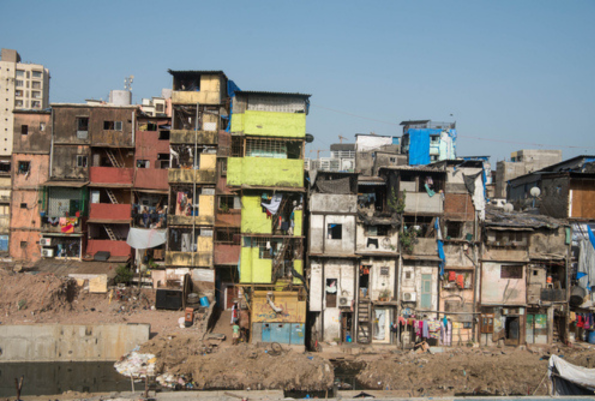New Delhi: A study looking at patterns of how Muslims and people belonging to Scheduled Caste (SC) communities live across cities and villages found that cities were as segregated as rural areas for those in SC communities and more segregated for Muslims, the Times of India reported.
According to the study, other findings of which The Wire has reported on before, nearly 26% Muslims live in neighbourhoods that are more than 80% Muslim while 17% urban SCs live in neighbourhoods where 80% of the residents are SCs. The study, done by combining the Socio-Economic and Caste Census or SECC (2012) data and the data from the Economic Census (2013), noted that this pattern of segregation is very similar to how people belonging to SC communities live in rural areas.
Its title is ‘Residential Segregation and Unequal Access to Local Public Services in India: Evidence from 1.5m Neighborhoods’. It was done by Sam Asher, Kritarth Jha, Paul Novosad, Anjali Adukia, and Brandon Tan.
The study also found that public services such as piped water, closed drainage, schools and health clinics within cities were systematically located away from neighbourhoods where marginalised groups like SCs and Muslims lived.
“Cities replicate the social environments of their hinterlands. Districts with segregated villages have segregated cities,” the study found, adding that people living in highly segregated cities were on average poorer than those in less segregated cities.
“For schools and clinics, facilities provided entirely by the government, the disadvantage in Muslim neighbourhoods is double the disadvantage in SC neighbourhoods. For electricity, water, and drainage, goods which have both private and public components, SCs (who are somewhat poorer on average), face worse neighbourhood-level disadvantages,” the report said.
The study also found that Muslim neighbourhoods were “much less likely” to have public secondary schools with 100% Muslim neighbourhoods being half as likely to have a secondary school compared to neighbourhoods with no Muslims.
According to the study, districts and sub-districts with a higher SC population have better access to public facilities on average but the allocation of these services to high-status neighbourhoods eliminated nearly all the advantage from such higher allocation.
The study noted that marginalised groups were the most disadvantaged at local and informal levels of government within towns and villages, which operated with the least scrutiny, the report said.
Private schools and clinics did not make up for the lack of government services in these areas, the study found, because private facilities were also disproportionately allocated away from segregated neighbourhoods on account of paying capacity. However, the study also found that private primary schools and health facilities were more common in rural Muslim neighbourhoods as an exception.
“Kids are worse off in segregated neighbourhoods. Young people have over a full year less education in fully segregated SC and Muslim neighbourhoods,” the study said, adding that children from all social groups who lived in segregated neighborhoods were worse off.
The study found no regional variations in such segregation as segregated and integrated cities appeared throughout the country, the report said.
Source: The Wire


